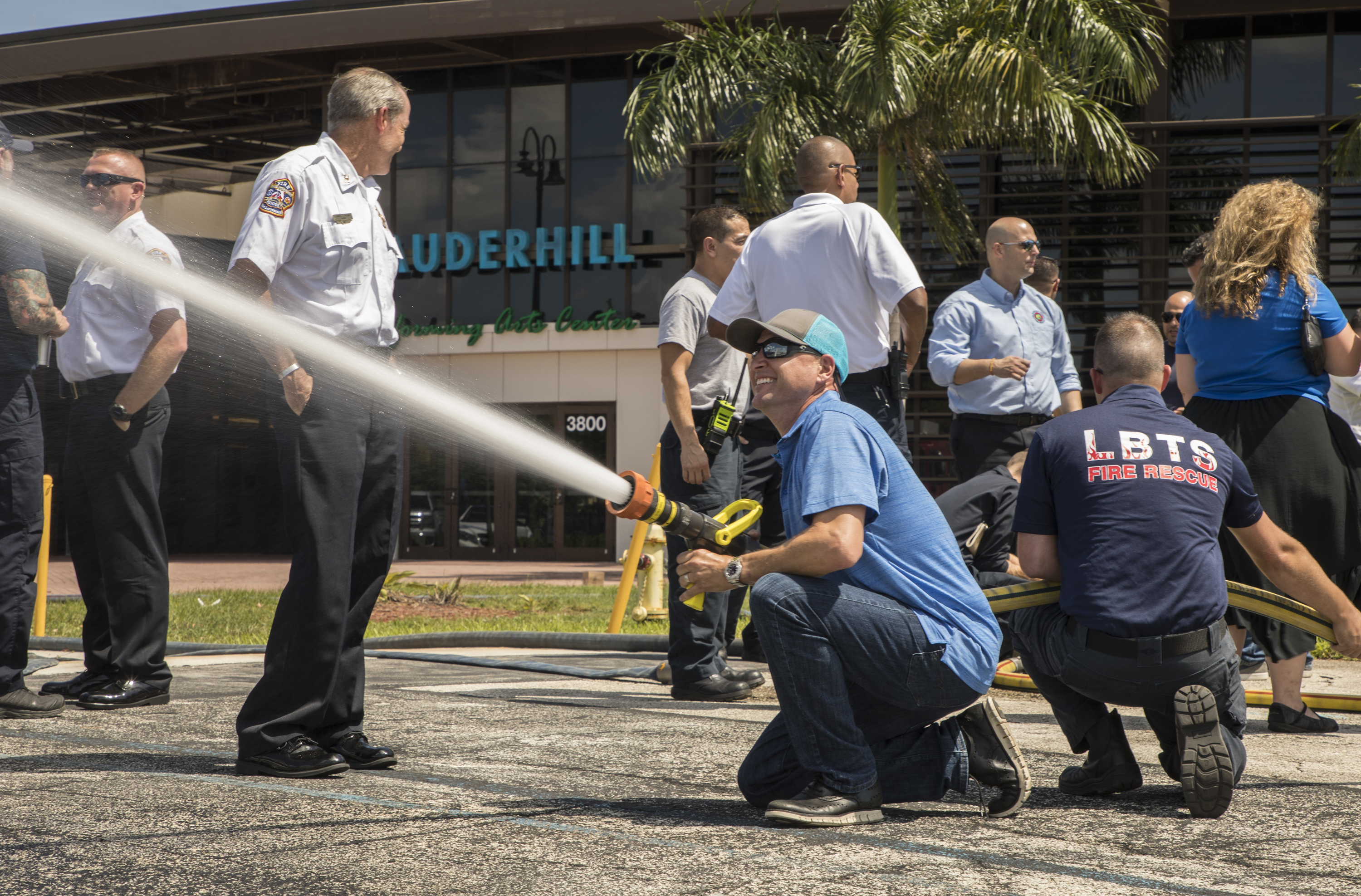Rising Demand for External Field-Adjustable PRVs
Building owners want pressure-reducing valves installed that work intuitively and effectively during real-world situations.

Skylines are on the rise nationwide due to businesses relocating, increased opportunities, housing developments, centralized markets, etc. For major metropolises, vertical development is not a new concept. Space is limited, while growth is limitless.
It is a trend gaining traction in small-to-midsize cities, as well. High-rise buildings are going up in places such as Milwaukee, Fort Lauderdale, Fla., and Austin, Texas, to name a few — each building with more floors than the one before it.
Tall structures offer dimension and visual splendor. But with every floor comes an added level of risk. High-rise buildings require more thoughtful fire protection to ensure the safety of those inside. Fortunately, external field-adjustable pressure-reducing valves deliver flexibility in the moment. Let us explain why that’s such a game-changer.

• Be compliant and confident. Per codes and compliance, high-rise buildings require serviceable sprinkler systems throughout the premises. Gravity from higher altitudes causes water pressure and flow to fluctuate, demanding more brute force from fire personnel.
Building owners want pressure-reducing valves installed that work intuitively and effectively during real-world situations. External field-adjustable PRVs provide peace of mind.
• Go smaller for taller buildings. Beyond adjusting on the fly, consider compact valves for tighter configurations typically found in vertical structures. Also, find solutions that take less force to operate, modify and deliver the optimal flow under all conditions.
Angle or inline globe bodies come with grooved or threaded connections for an easy install from the start. Tamper-proof shields should come standard. These make a difference during install and in the field.
• Adjust to any condition. Fire personnel experience fewer obstacles with external field-adjustable PRVs. Here’s how. First, the tamper-proof shield breaks away in the case of an emergency. From there, a lightweight aluminum adjusting rod aids field modifications.
If designed properly, the valve requires 9-foot-pound torque to adjust for flow or no-flow conditions, which is much more manageable than alternative solutions for the fire task.
Nicole Raftery has been with Zurn Industries (www.zurn.com) for more than four years and is focused on marketing for water safety, water control and fire protection products. In her role, she leads the marketing strategy on new products for the Zurn Wilkins business unit.




